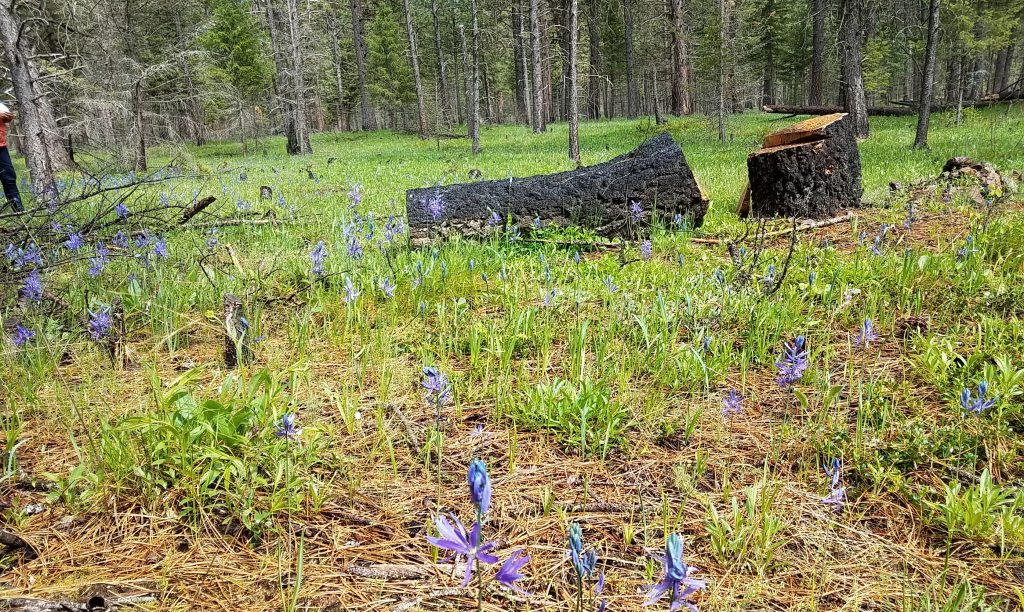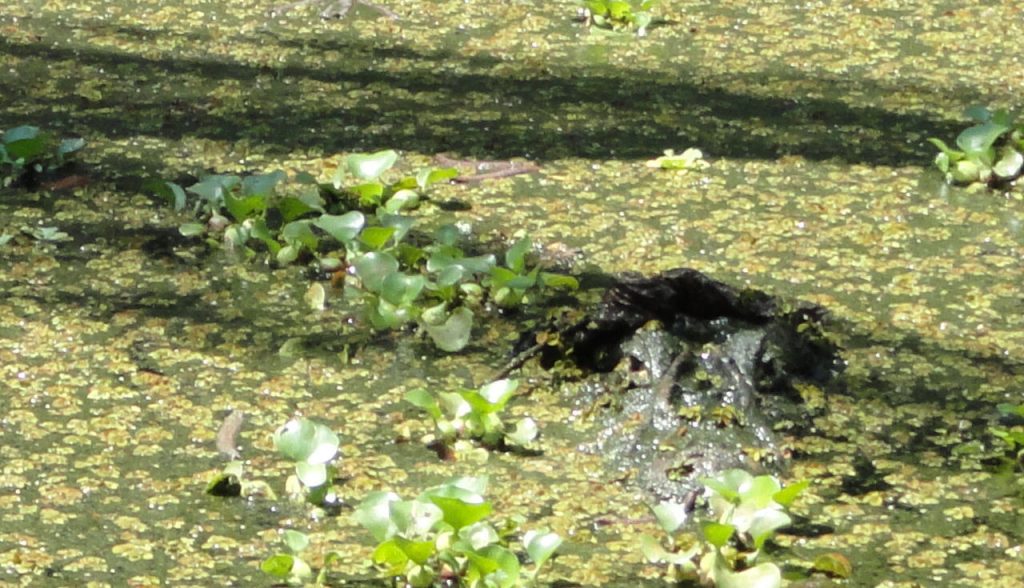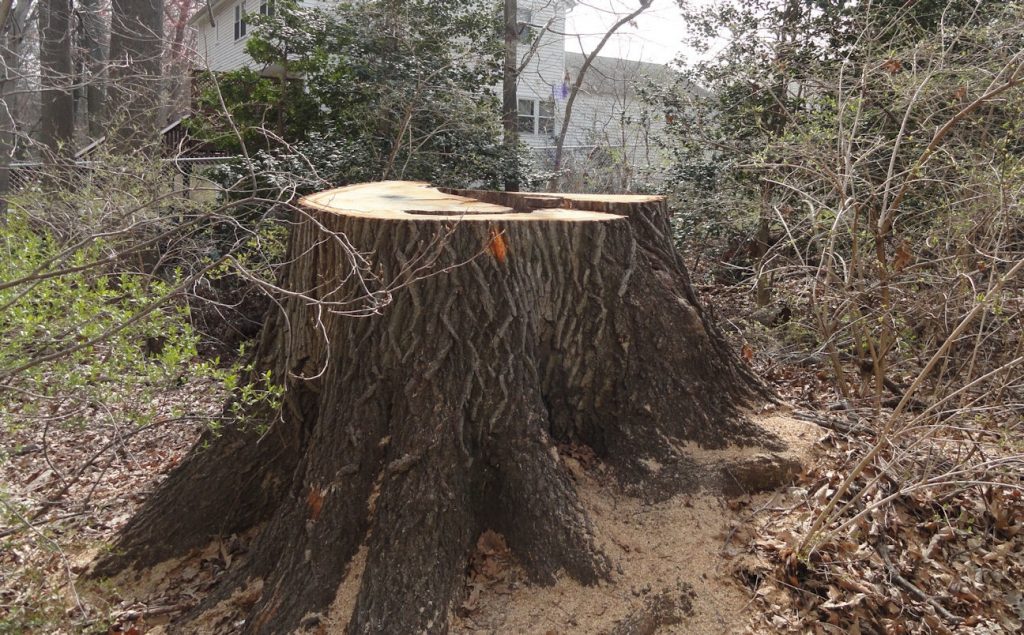Preservation & Conservation
Not everybody makes the distinction between conservation & preservation, but some do and whole books have been written on it, usually discussing the differences between Gifford Pinchot and John Muir.
I won’t tell that story here. Suffice it to say that despite sometimes serious ideological disputes, conservationists and preservationists overlap in their big goals, and in many, in most cases a conservationist and a preservationist behave in very similar ways. Conservation is the one with the Teddy Roosevelt tradition, and I would argue Aldo Leopold. Conservationists indeed aim to preserve nature, but also recognize the special role humans have played will always play as long as humans are on earth.
Land empty of people is sad and incomplete

– A land full of people who overreach and destroy nature is a horror. A land empty of people is sad and incomplete. Walking gently on the earth is essential, but that implies humans are indeed walking on the earth. Harmony, not exclusion, is the valuable and achievable goal. Humans living in harmony with nature is joyful and helps us find meaning in life.
People who use the land and the biotic communities can be great stewards of nature. Hunters are often great conservationists, so are foresters and loggers. These guys are rarely welcome at a meeting of “true” preservationists. Preservationists count among their ranks deep environmentalists, who sometimes believe that earth would be better off w/o humans, and some animal rights activists, who sometimes put the “rights” of the beasts above the needs of humans.
You will note that I have been modifying with “some” or “many” when talking about adherents to the two strains of environmentalism. The debate is significant, but there is no dogma as you might have in a religion. You can get some of the taste of the differences in E.O. Wilson’s “Half Earth.” My interpretation is included at this link. Wilson is in the preservation camp, but he is not a deep environmentalist.
Deep environmentalism has all the attractions of a religion. Its strongest acolytes resemble puritans in many ways, but there is no redemption in their philosophy for them or for humanity. Of course, this is an extreme view held by fringe people, but the pure preservationist ideal infects many in the environmental movement & even more casual adherents often see preservation as the true religion, even if they cannot achieve it.
Ecological footprints
A preservationist mind-set is on display in the common concept of “ecological footprints.” It is often formulated as the damage you do, and the best you can hope for is to limit the damage. It is a narrative of loss or even original sin. As with medieval concepts of sin, it is a game you are bound to lose. Conservationists can accept the footprint idea, but they recognize that the footprint can be positive. We can take steps that improve at least parts of the natural environment.
Humans in nature, nature in humans

Some places are so unique that we should do our best to preserve them in “natural” state that we found them. Some places must be used very intensively leaving little room for nature. In most places, nature and humanity can exist together, often in symbiotic ways. In these places we can aspire to regeneration.
I am agnostic about restoring nature and I do not believe in natural intelligent design. There is no way that it “should” be. There is no pristine natural state to be recovered. That means that there is nothing humans can do that will “destroy” nature because “nature” is a human concept, beyond our capacity to destroy. In the billions of years of earth history before human consciousness developed, plants and animals lived, reproduced, evolved and died w/o notice or consequence. When MOST of the world’s species died out at the end of the Paleozoic era, it didn’t make a bit of difference to nature. The disappearance of the dinosaurs was mourned by nobody until the modern kids found out about the great extinction, shed a few childish tears and called it a tragedy.
I was happy to read in the Nature Conservancy Magazine. In an article entitled, “Beyond Man vs. Nature”, the Conservancy’s chief scientist explained that biodiversity for itself and/or simple preservation should not be top goals. “The ultimate goal,” he said, “is better management of nature for human benefit.”
Nothing untouched

Of course, there are places we choose to preserve mostly untouched – mostly. I have visited the Grand Canyon five times. Each time I find more to love and each time the Grand Canyon fills me with wonder & awe. We should preserve awesome places like the Grand Canyon for ourselves & future generations. Let me modify that. We should conserve places like this. The Grand Canyon that so struck awe into my soul was not natural. I enjoyed the Canyon by walking to the bottom and back up on trails carved by human hands. I drove up there on roads build by men and machines. W/o those human improvements, the Canyon would be as inaccessible to me as the mountains of the moon and as meaningless as some great canyon that might exist on Venus or Mars. The universe really is a big place and we are small. It sounds arrogant to say so, but it is humanity that makes this wonder of nature a wonder at all.
We are humans. We can pretend to take the point of view of animals, plants or even geographical features. We can imagine seeing through the “eye of the tiger” or “thinking like a mountain.” This is useful. It helps us understand, but for us it is an exercise. We cannot hear, speak or feel for plants, animals or natural systems. It is literally like talking to a rock and expecting an answer. We can understand the world only with our human intelligence and perceptions, since we have never read or heard anything understood or explained by any but humans.
If a tree falls in the woods, and nobody hears it, does it make a sound?

What gives nature meaning and what allows us to get meaning from nature is the interaction of us with it. An old epistemological conundrum asks, “If a tree falls in the woods, and nobody hears it, does it make a sound?” It is an insoluble problem unless you add detail. If you are talking about the waves that our human ears interpret as sound, a tree falling in the woods certainly does this. But a sound also requires interpretation. If nobody is there to hear it, all we have is physical phenomenon.
My guess is that preservationists would generally say it makes a sound, even if no human hears it. A conservationist like me might be a little more human-centrist and say that it falls silently. Add a time component and it becomes even more interesting. Sound travels at 331.2 metres per second – fast, but not instantaneous. It takes almost five seconds for sound to travel a mile. If you are a mile away from a tree when it falls in the woods, WHEN does it make a sound? For me, sixty million years of dinosaur history had no meaning until it was discovered by human consciousness.
Don’t mimic nature; work to understand & use natural principles

You cannot step twice into the same forest. The forest you fondly remember from childhood is gone, even if you can go to the same place and see trees and flowers that look just like you remember them. I have written on many occasions that sustainable and natural are overlapping contexts, but they are not the same and that sustainable, in both natural and human influenced system doesn’t mean something that last forever. Nothing lasts forever. Sustainable just means a system that persists a long time adapting continually to continuous change. There are ecosystems that would be recognizable 5000 or 10,000 years ago, but none that have been unchanged during all that time. Most of the relationships among members of the biotic community are much younger. A good conservation strategy strives for a healthy human population interacting with a healthy environment. We don’t have to keep our human hands off, in fact, while we should work and interact with natural processes, we probably should not leave very much untouched. Human interaction does not necessarily profane nature; the interaction – done right, done thoughtfully & managed adaptively – ennobles both. We need to understand and use natural principles, but we cannot and should not just mimic nature.
We can’t solve environmental problems without addressing human problems
All human endeavors need to satisfy the triple bottom line. They must be sustainable economically (profit), ecologically (planet) and good for the community (people). Sometimes there are trade-offs between them, but we must succeed in all three to call it a success.
Conservation is a higher order activity compared with mere preservation, which is may be an abdication of responsibility in the guise of wisdom. We can’t solve environmental problems without addressing human problems.
A sustainable environment demands that we apply intelligence, innovation and constant learning to ecological factors to sustain systems that works for humans and the beasts. We humans live in this world and ever since we evolved into humans we have altered the environment. If/when there is a world w/o us, it really doesn’t matter anymore. So long as we are here, however, it is our job – our responsibility – to act in the world and strive to do the right things and do things right.
Some additional reading
Conservation in the Anthropocene
Myth-busting Scientist Pushes Greens Past Reliance on “Horror Stories.”
We Aren’t Destroying the Earth
We Couldn’t Save Cecil the Lion, but Can We Save the Planet
